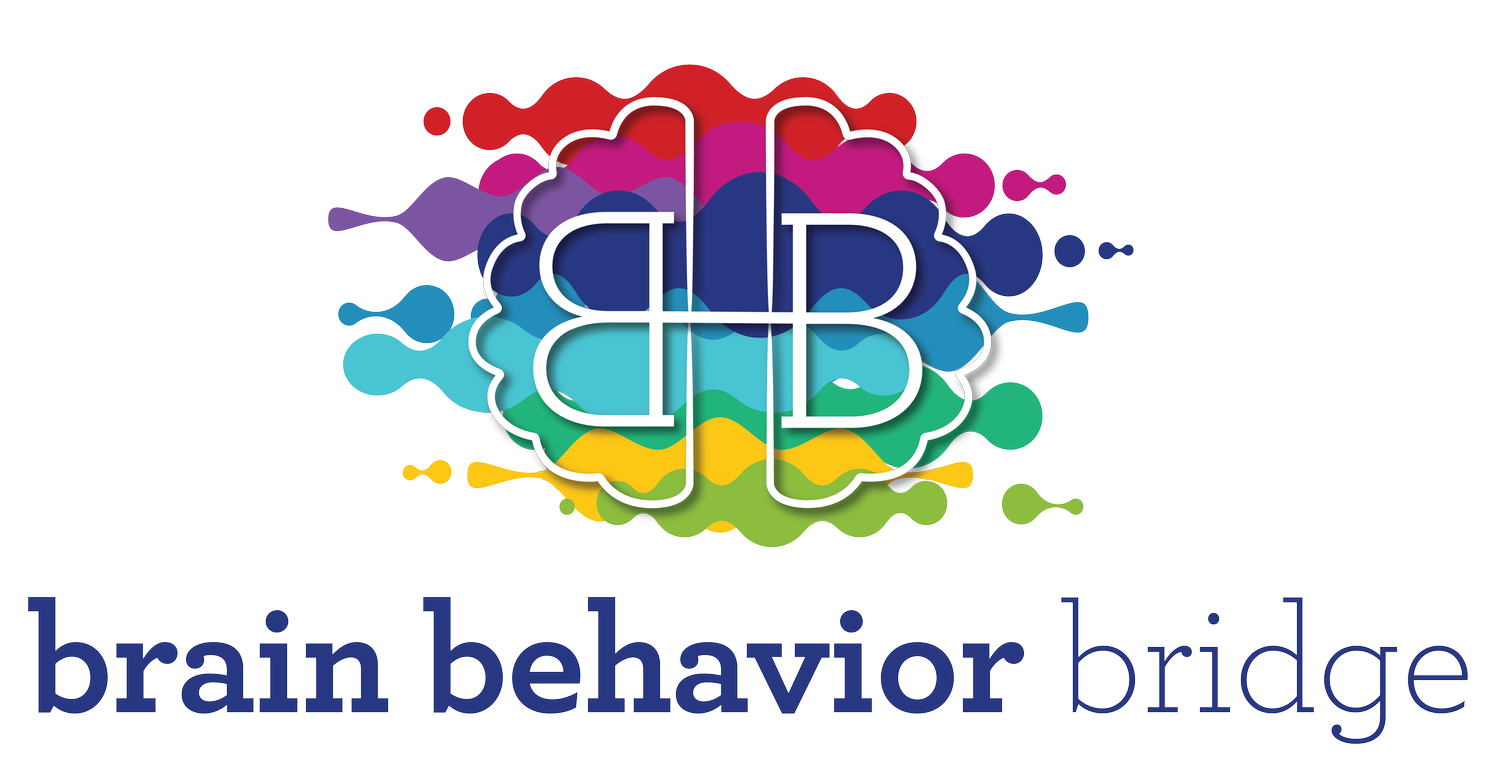3 Easy Ways to Support Your Kids' Healthy Headspace
There’s so much talk about kids’ mental health and this is a great thing! The more comfortable we get with expressing our emotions, the easier it becomes to teach emotional intelligence to the next generation.
You know me, I love geeking out about brain science, but the point that I always emphasize with parents and teachers is that simple habits make a big difference. We can build mental health foundations at home and in the classroom without changing everything we’re doing. Developing the following three simple habits will set your kids up for success.
Put on Your Brain Detective Hat
What can we do when we start to notice behavior changes in our kids? The first step is to put on your brain detective hat. Ask questions and observe. By doing this, you’ll reduce your own Amy G response!
I know how challenging this can be, believe me, but if you can try to understand your child’s behavior without rushing to judgment, you’ll be in a better place to guide them. Slow down your own brain without jumping into “fixer” mode.
Instead ask, what does this little brain need to learn or what can I teach this brain? This will give you a chance to assess the situation and figure out how to build those mental health muscles. (Did I mention it reduces your Amy G response?)
Once you have a handle on what’s going on, it’s time to try one of the following strategies:
1. Connect Sensations to Thoughts
Connect Sensations to Thoughts
Ask, “how did you feel when I asked you to put your toys away?” Then, reflect the answer back and ask, “am I getting it right?”
Suppose you observe that your child feels overwhelmed when they are engaged in an activity and it’s time to transition to a different activity or maybe they’re mad at you for saying, “no.” Recognize that it won’t be effective to try to reason with your child when Amy G feels like her hair is on fire. Instead, wait until a calm moment when Fronnie is back “online.”
Then, introduce the idea of connecting sensations to thoughts in an age-appropriate way. Ask, “how did you feel when I asked you to put your toys away and come to eat?” Reflect the answer back to them and ask, “am I getting it right?” You can also ask, “where did you feel it in your body?”
Once kids learn how to connect their sensations to their thoughts, we can teach them what to do with the information. For example, “when I’m feeling overwhelmed, I will stop and take three deep breaths.”
2. Cue to the Strategy
Cue to the Strategy
The next time your child asks what afterschool activities are happening tomorrow, ask them a question that will get their brain involved.
Suppose you observe that your child asks you (ahem, annoying) questions that you want them to be able to answer for themselves. It can be tempting to roll your eyes and snap back with a mini-lecture about how you won’t always be there to do everything for them.
Instead of going on a rant about independence, cue to the strategy you want them to practice. The next time your child asks you what afterschool activities are happening tomorrow, ask them a question that will get their brain involved, like “where can you find that information?”
When we consistently cue to the strategy, those little brains catch on. They’ll quickly go into problem-solving mode, which is right where we want them to be.
3. Use Patterns to Your Advantage
Use Patterns to Your Advantage
Routines chill out Amy G and boost Fronnie’s power. That’s why schedules, clear expectations, and morning/evening/afterschool routines work.
Suppose you wake up one morning with your child’s face in your face and snot dripping down their nose (Oh no! One down with a cold). Then, you get a text that your son has to be at choir practice before school today, not after school… and you’re out of coffee! Your entire morning routine has been thrown for a loop. How’s your Amy G now? Better or way worse?
You see, our brains LOVE routines. (Thank you Mr. BG! That’s the basal ganglia of your brain.) Mr. BG’s entire job is to take things off Fronnie’s plate so she doesn’t have to think about them. We just do them automatically!
When we have routines, our brains can handle a lot more. If your kid is sick, and you got your shower and had your coffee, you’ve got this! But when your routine is out of whack, watch out for Amy G!
How can we use this to our advantage with our kids? For all kids, but especially those with less Fronnie power—like those with ADHD or who are highly emotional, AKA “spirited” little ones—routines chill out their Amy G’s and boost Fronnie’s power. That’s why schedules, clear expectations—the same expectations—and morning/evening/afterschool routines work!
So, do yourself a favor and add some structure and routine to your day!
Give these three simple habits a try with your kiddos and let me know how it goes. You’ll see the brain working, trust me!




